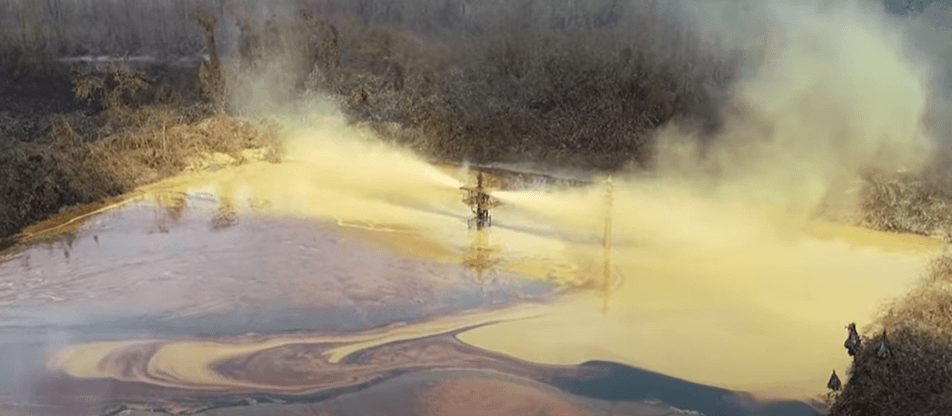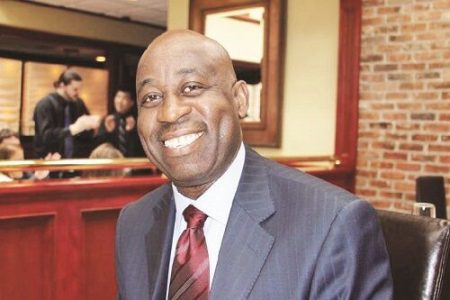
– Demands independent forensic analysis of failed wellhead
Mkpoikana Udoma
Port Harcourt — An American university teacher, Prof. Rick Steiner, has said that over 532,000 barrels – 1,064,000 barrels of crude oil and gas has been spilled in the Nembe OML29 blowout, making the blowout one of the largest in world history.
Steiner in a letter to the Nigerian National Petroleum Corporation Limited, advised that failed wellhead should be preserved for independent engineering forensic analysis to determine the cause of failure.
The professor is who the Technical Advisor to the Ijaw Diaspora Council, said the failed wellhead should be assessed by either the U.S. offshore oil regulatory agency – the Bureau of Safety and Environmental Enforcement, BSEE and or Det Norsk Veritas, DNV, in Norway.
He maintained that the Nembe spill was much larger than government and industry statements suggest to date, and it would be prudent to correct those estimates.
“I understand that the Nembe OML29 blowout may have been killed as of December 8th 2021, and as Technical Advisor to the Ijaw Diaspora Council, I wanted to provide you with my estimate of total discharge.
“If we assume 1-2 cubic feet of discharge per second (a very reasonable assumption), and that the blowout first occurred on Nov 1 (as reported by the Nembe communities), then the release lasted for a total of 38 days. This would have released a total of 532,000 barrels – 1,064,000 barrels of oil and gas, making the Nembe OML29 blowout one of the largest in world history.
“Now that the blowout has apparently been killed, I urge you to preserve the failed wellhead for independent engineering forensic analysis to determine the cause of failure. The wellhead must be preserved as evidence, in standard criminal evidentiary procedures, to prevent any further alteration ro adulteration, and then submitted to independent assessment.
“The people of Nigeria clearly deserve an independent assessment of what caused this catastrophic failure, and this is essential in preventing a repeat of this catastrophic failure in the future.
“I encourage the failed wellhead infrastructure to be assessed by either the U.S. offshore oil regulatory agency – the Bureau of Safety and Environmental Enforcement (BSEE) and/or Det Norsk Veritas (DNV) in Norway.
“Absent of a rigorous chain-of-custody, evidentiary preservation process for the failed equipment, and independent forensic evaluation, the true cause of the failure will never be conclusively determined.”
The university don regretted that the oil industry and government have been in the negative habit of underestimating oil spill volume, as was clearly seen in the 2010 United States’ deepwater horizon.
“A good example of the industry/government habit to underestimate spill volume was the 2010 Deepwater Horizon here in the U.S. BP and the US government first stated the flow rate from the failed seabed wellhead was 1,000 – 5,000 bbls/ day, and they clung to that estimate for some time (even though their internal engineers, and we, told them the flow was much higher).
“When an exact measure was finally conducted, using Particle Image Velocimetry and other engineering methodologies (by the Flow Rate Technical Group), the Macondo blowout outflow was put at 62,000 bbls/day. Again, this seems to always happen with spill volume estimates.”



